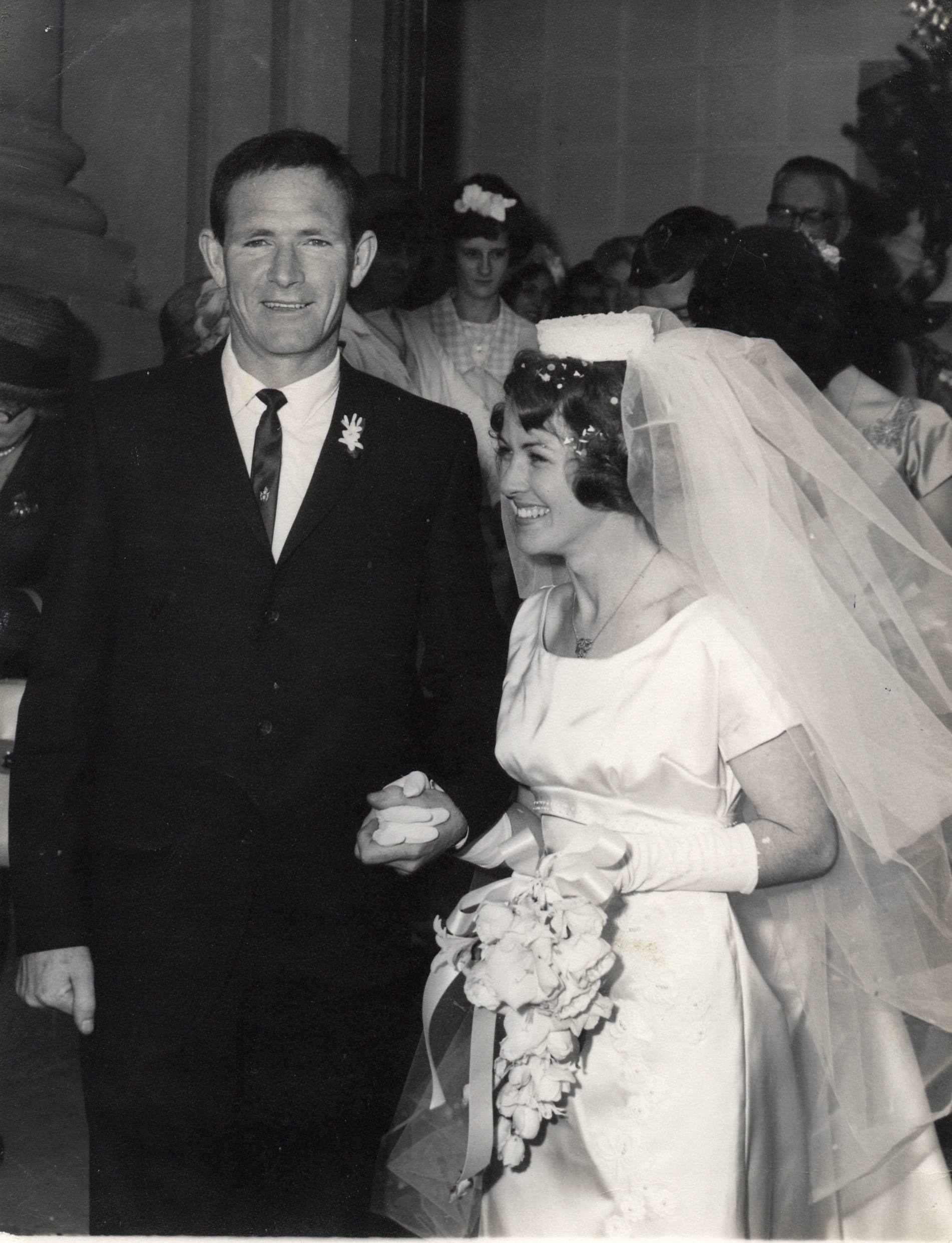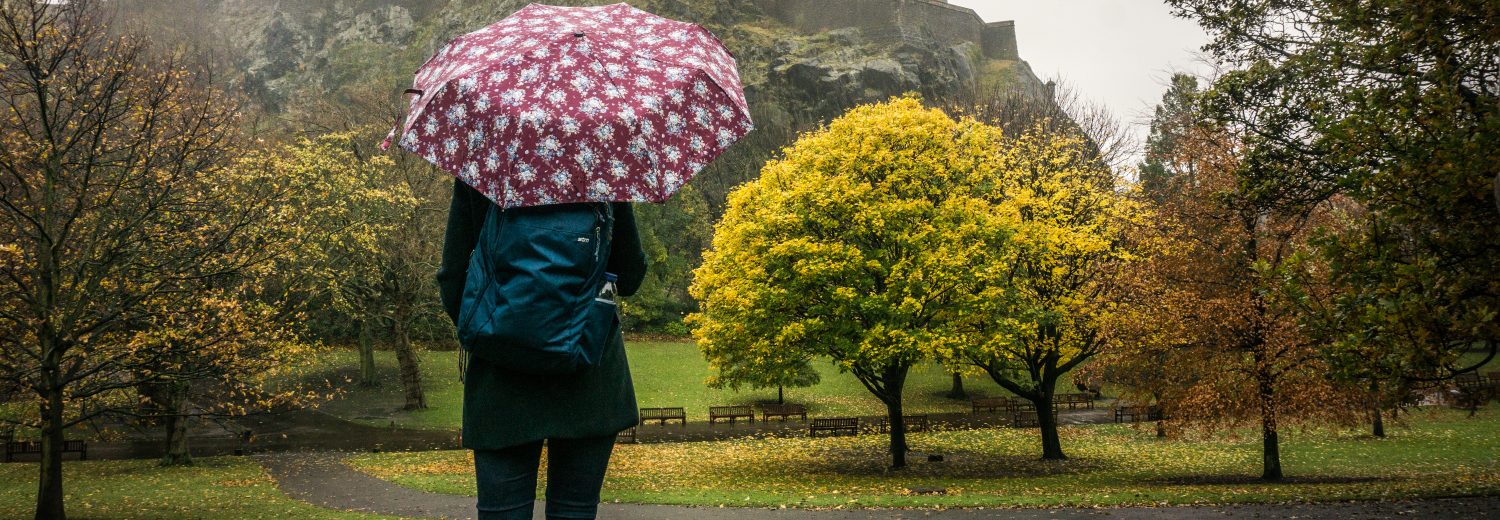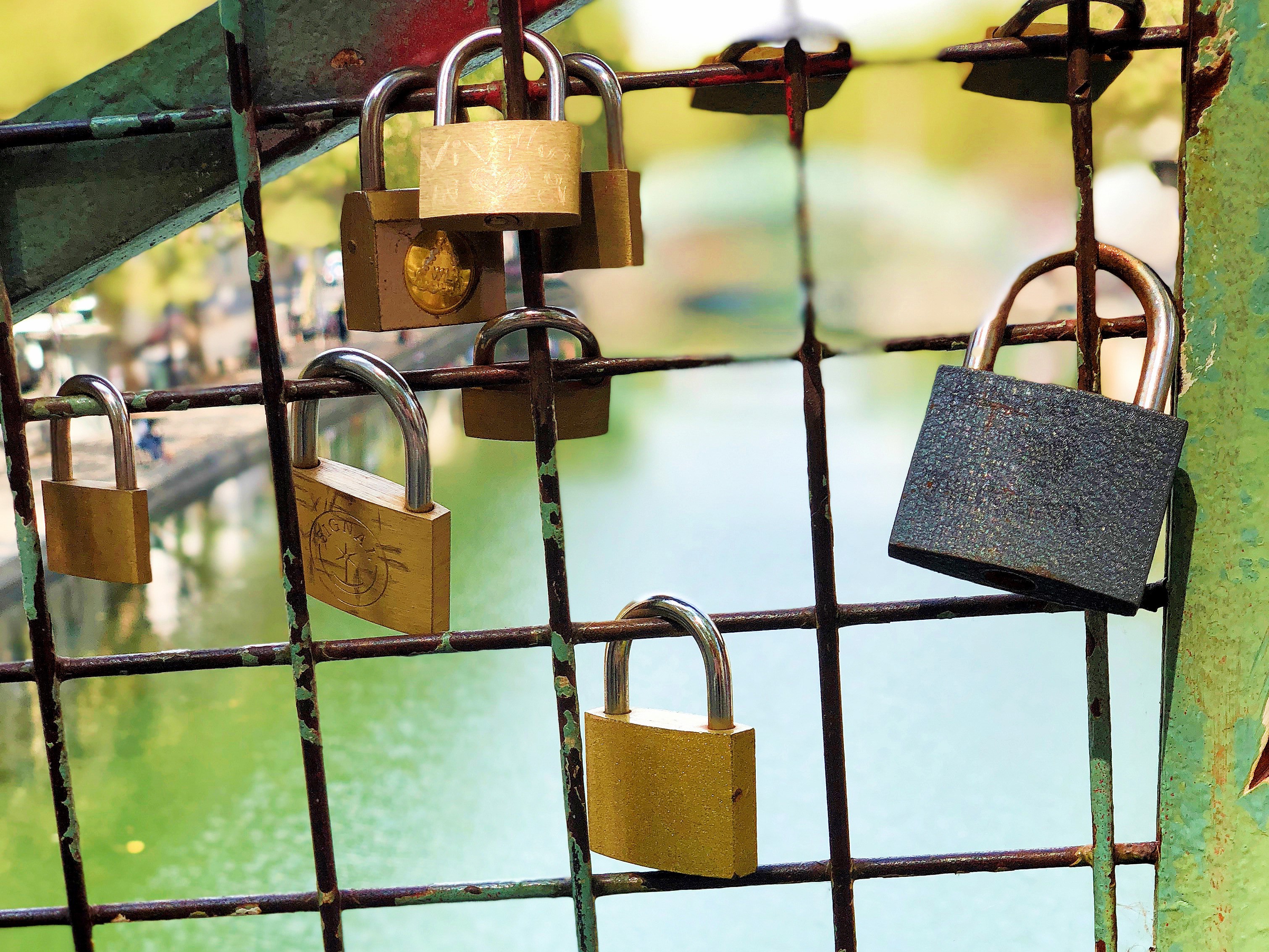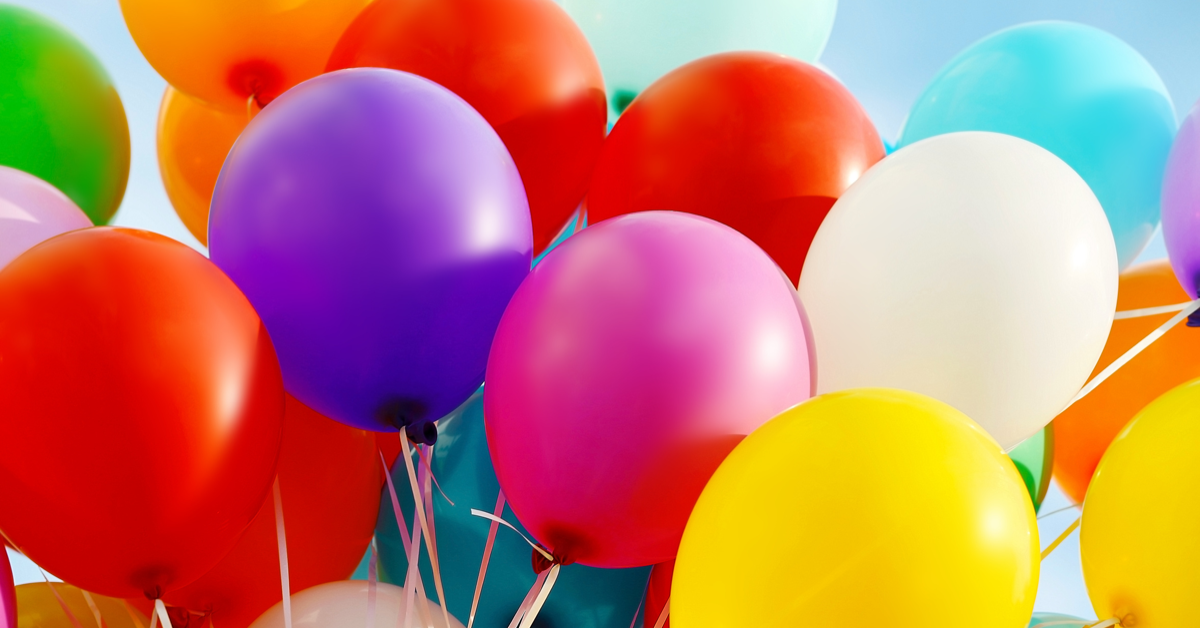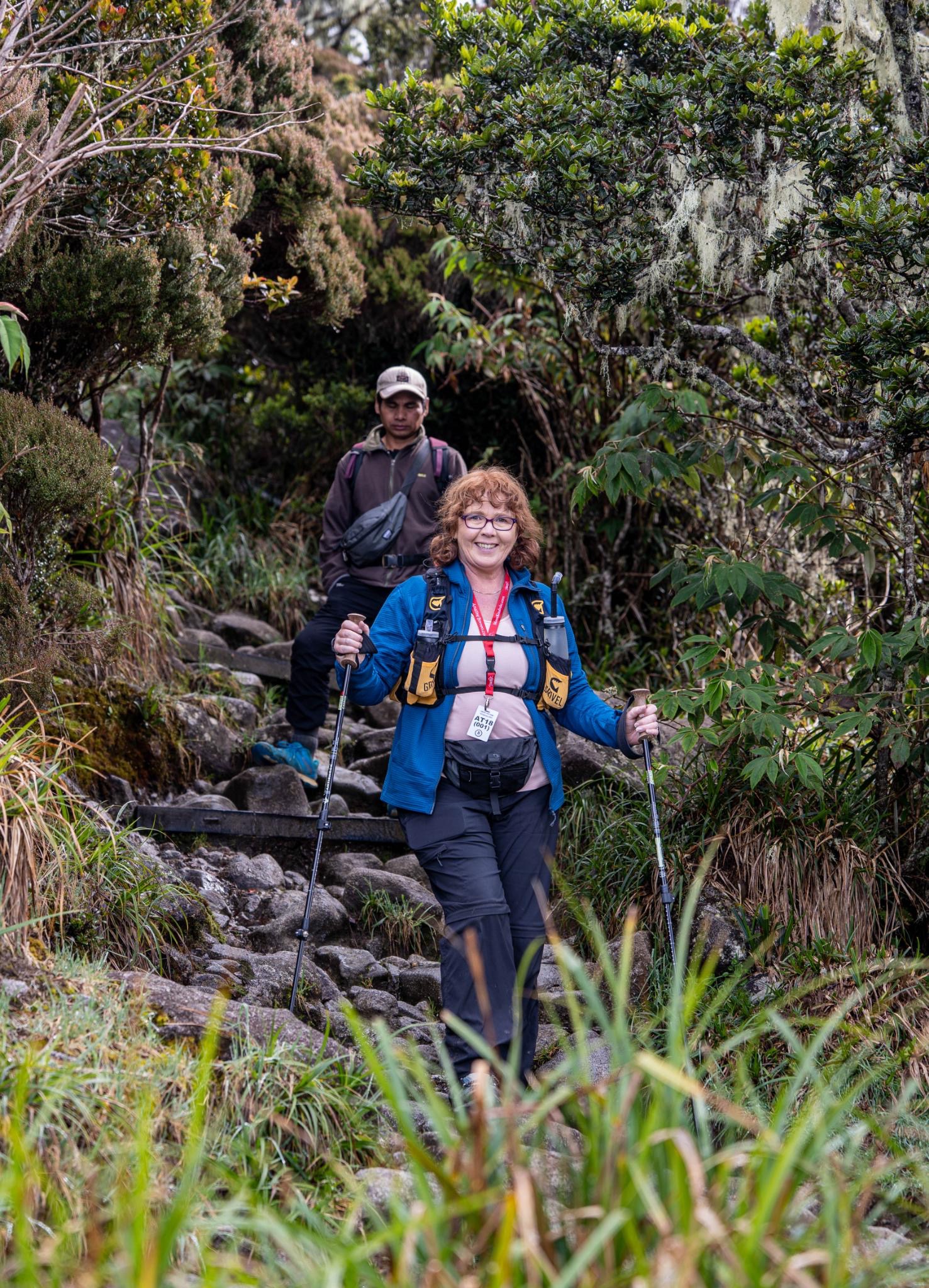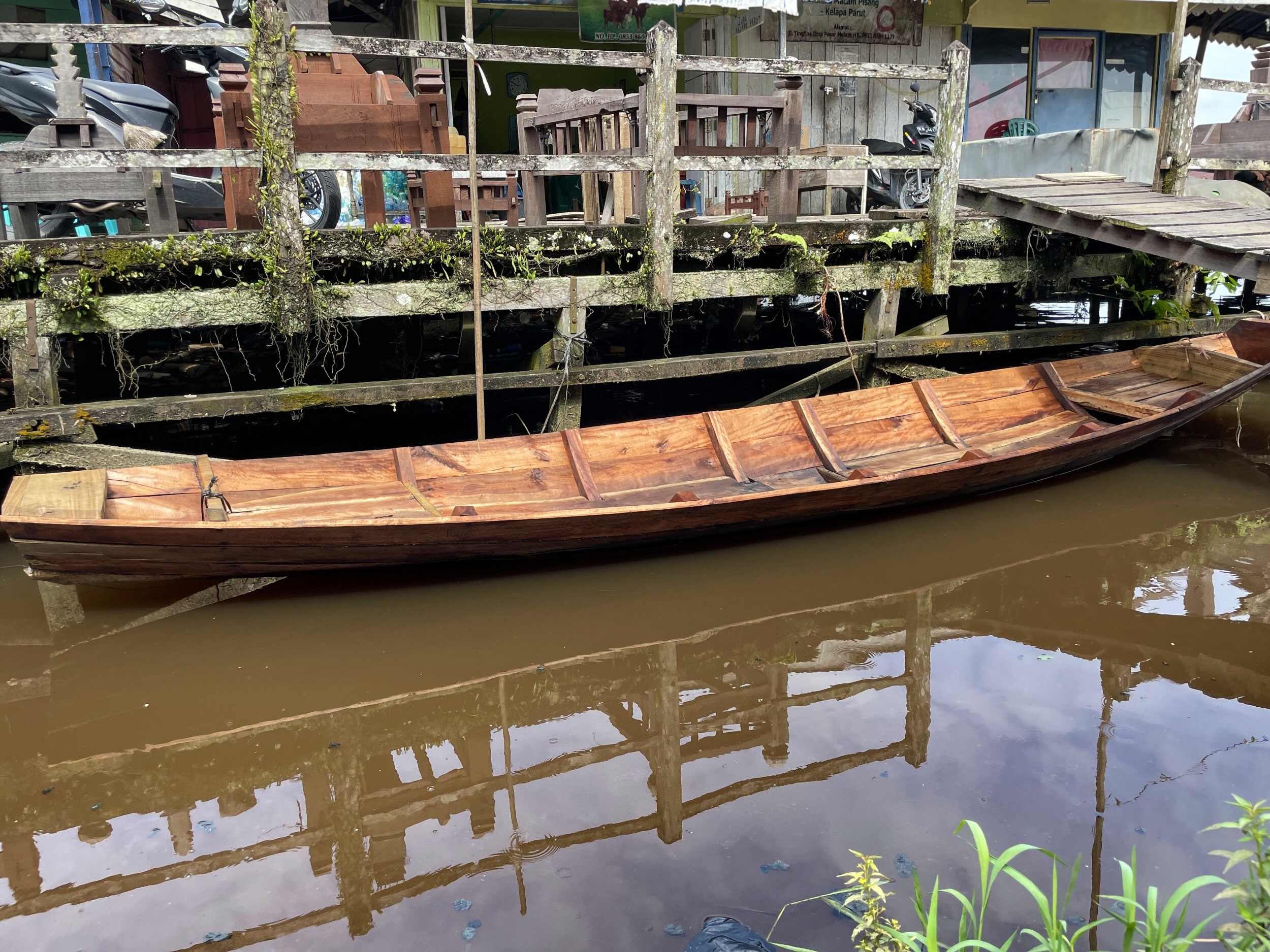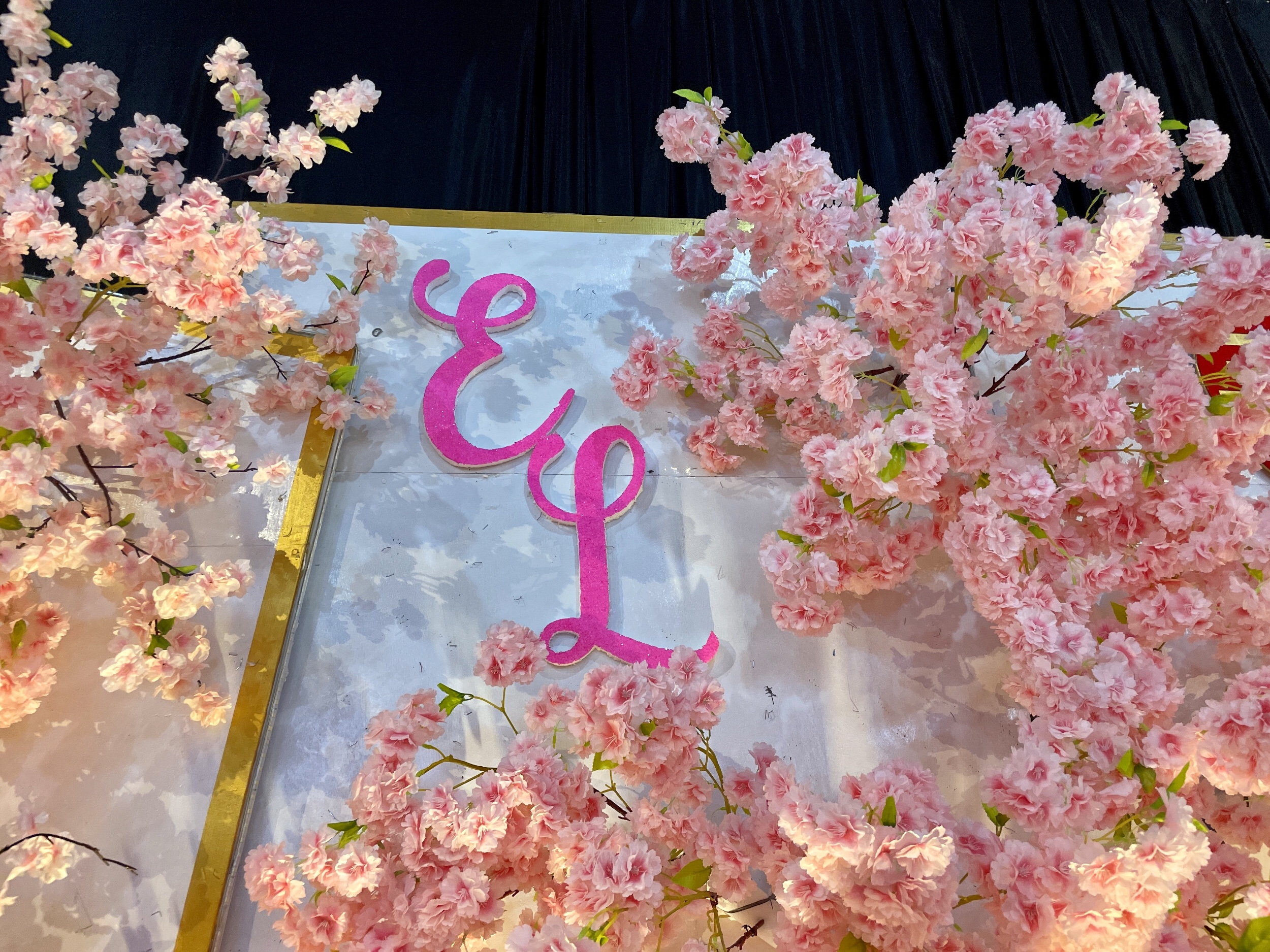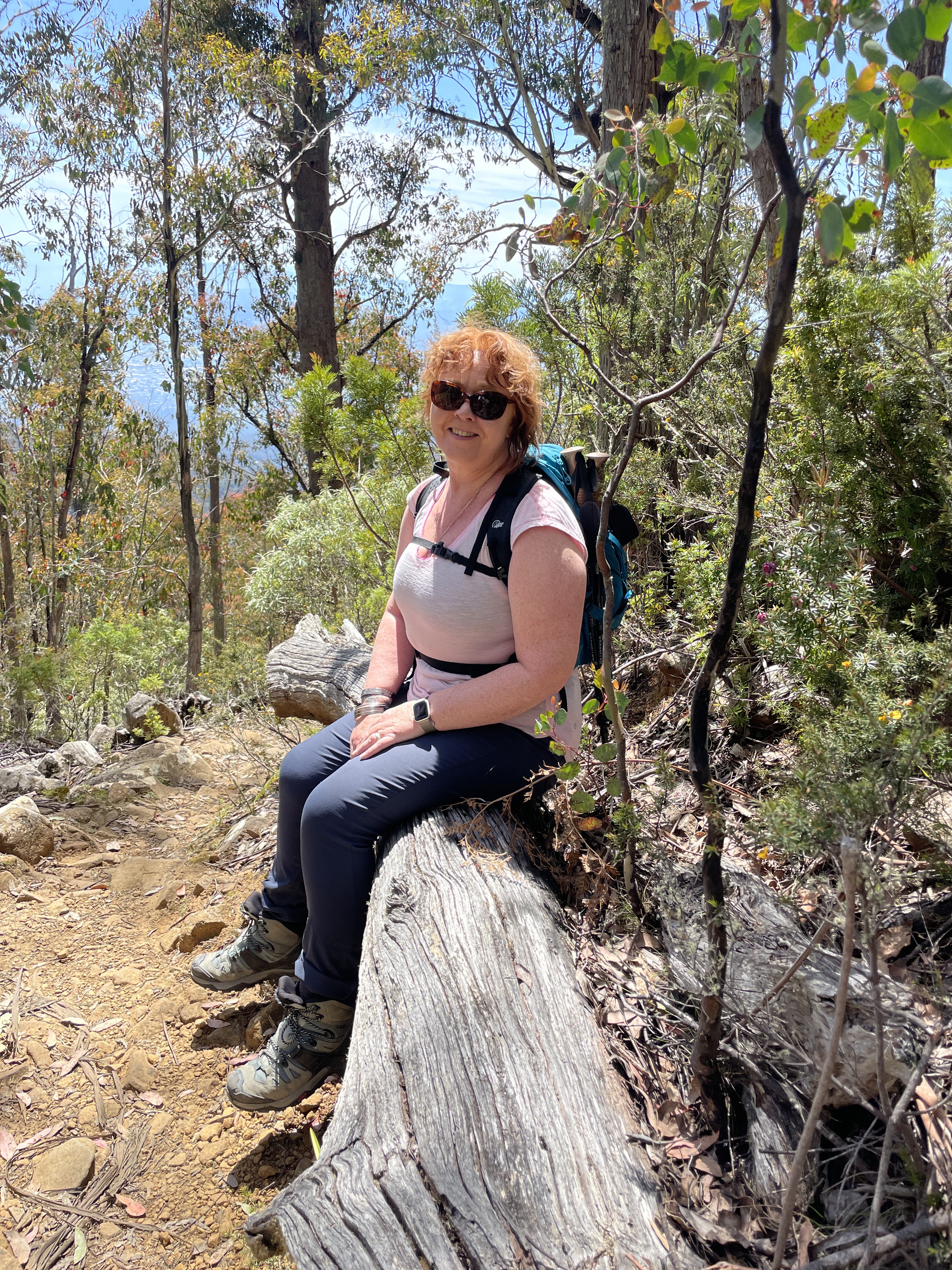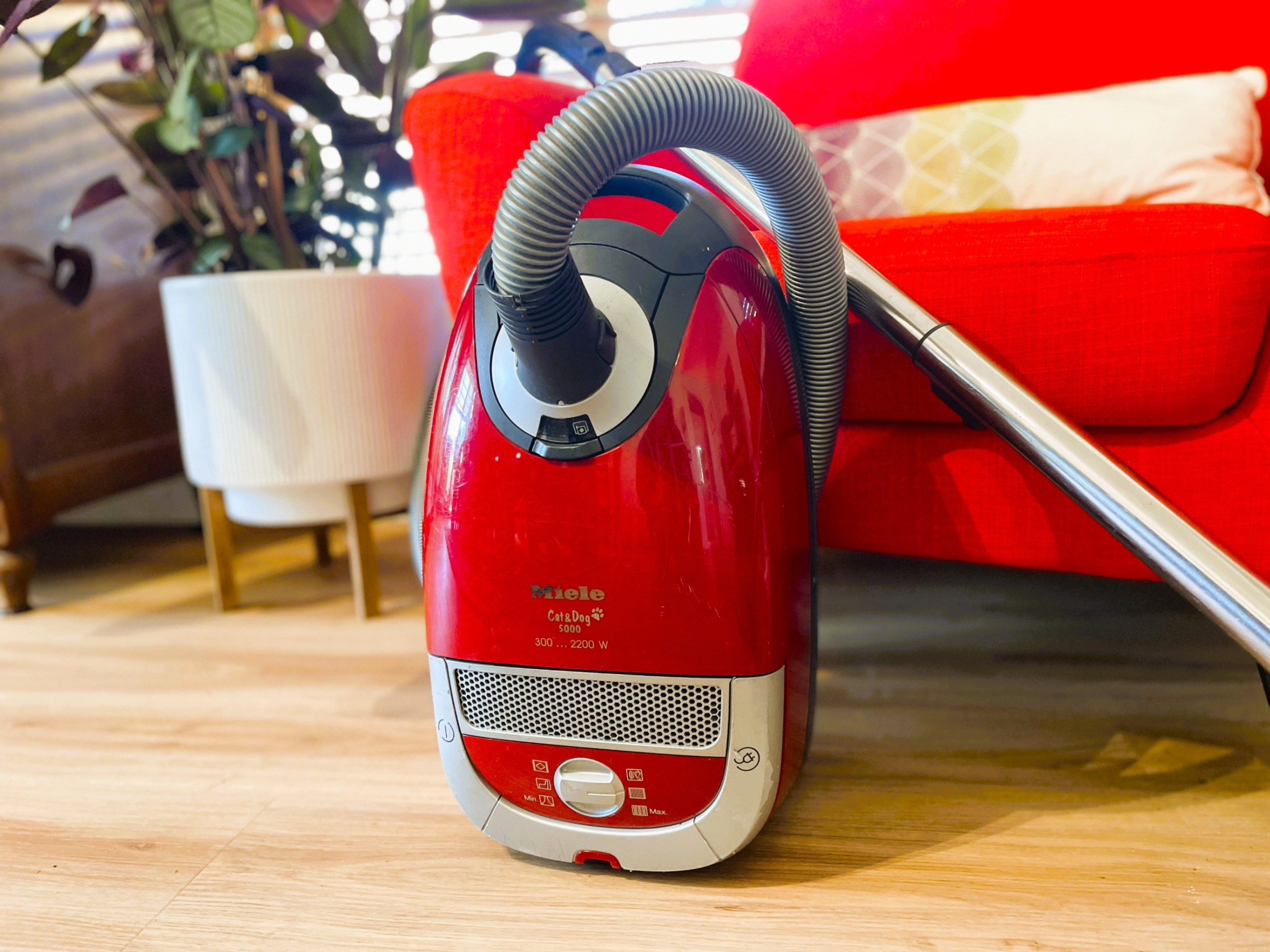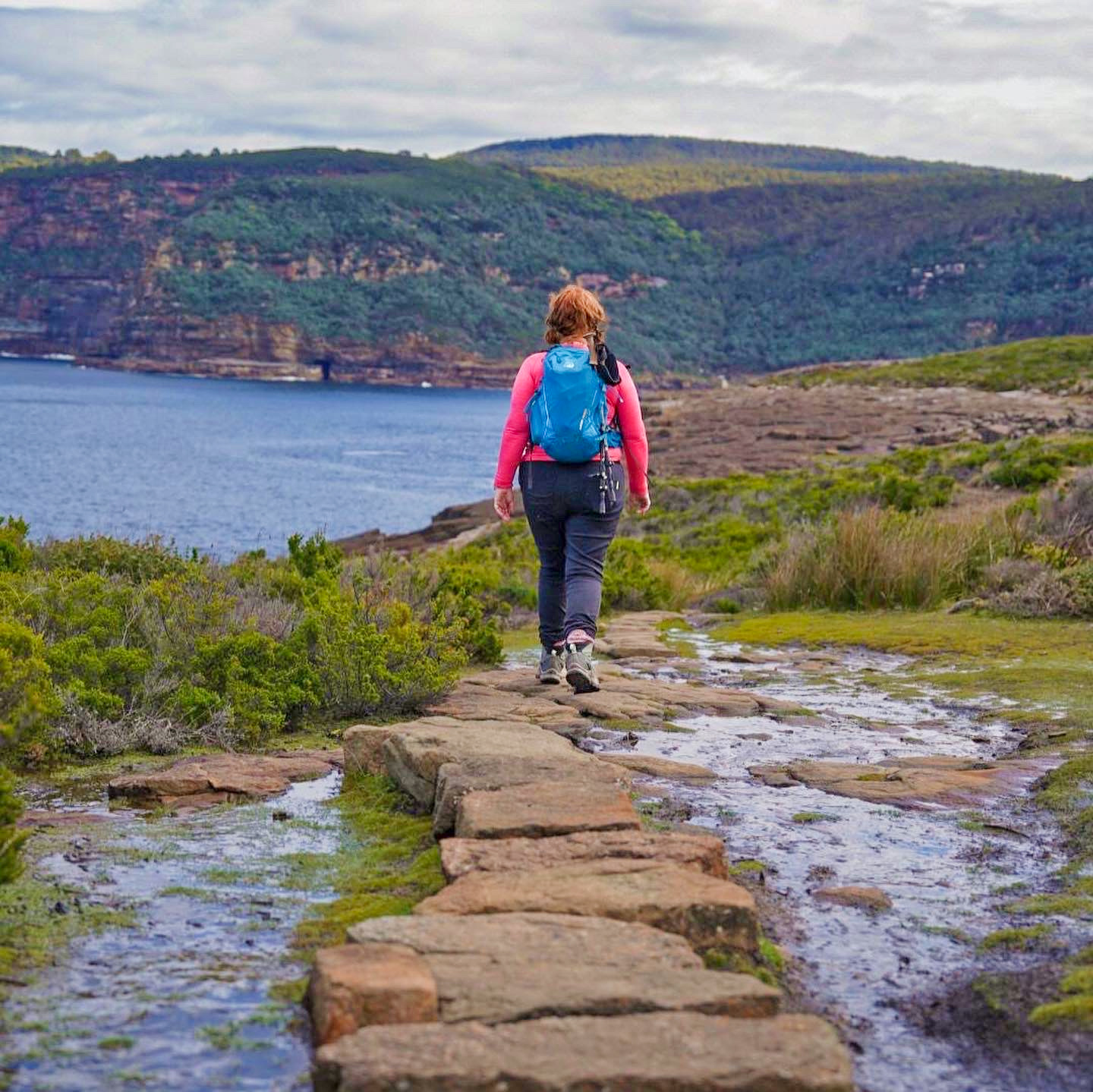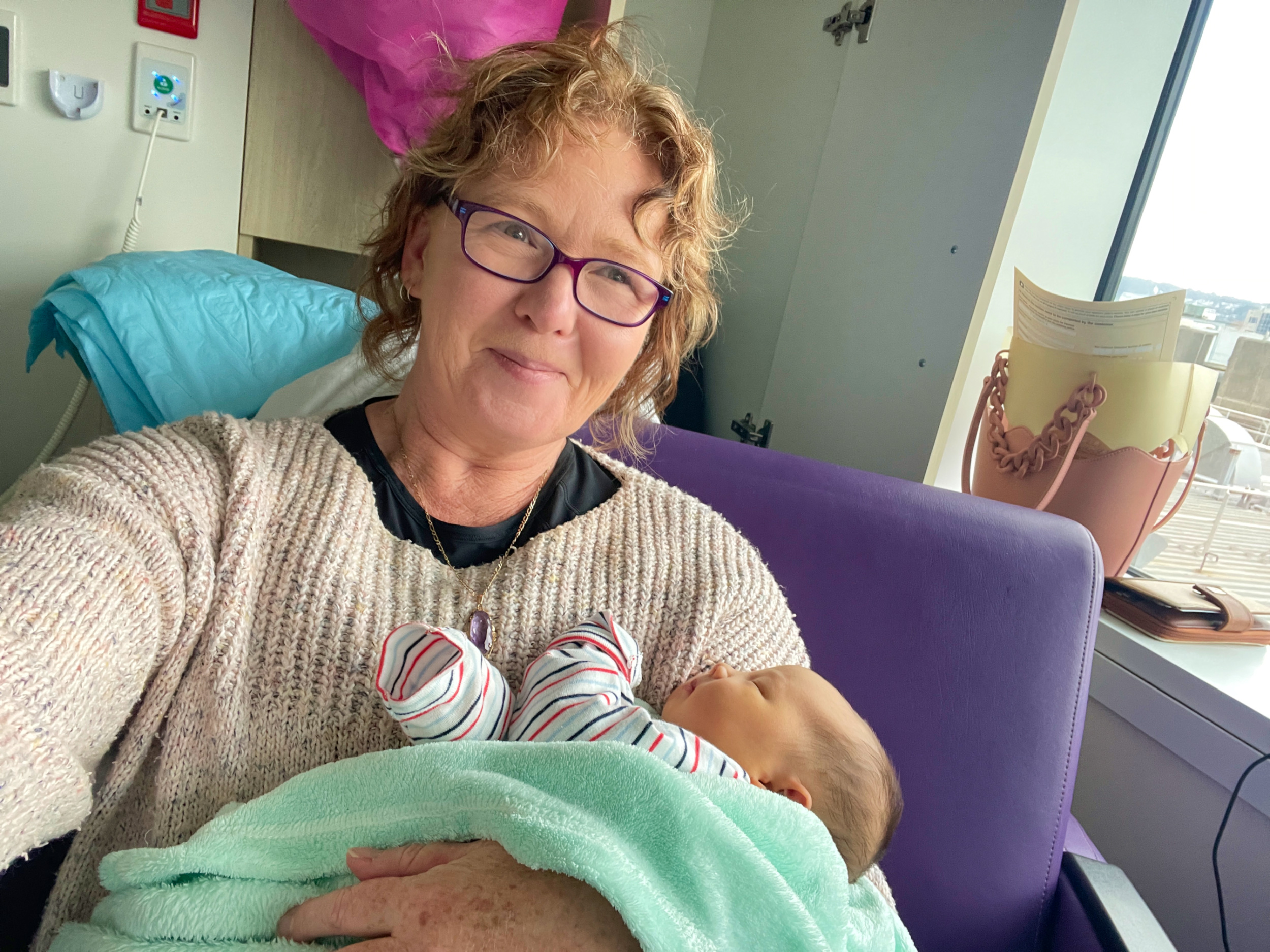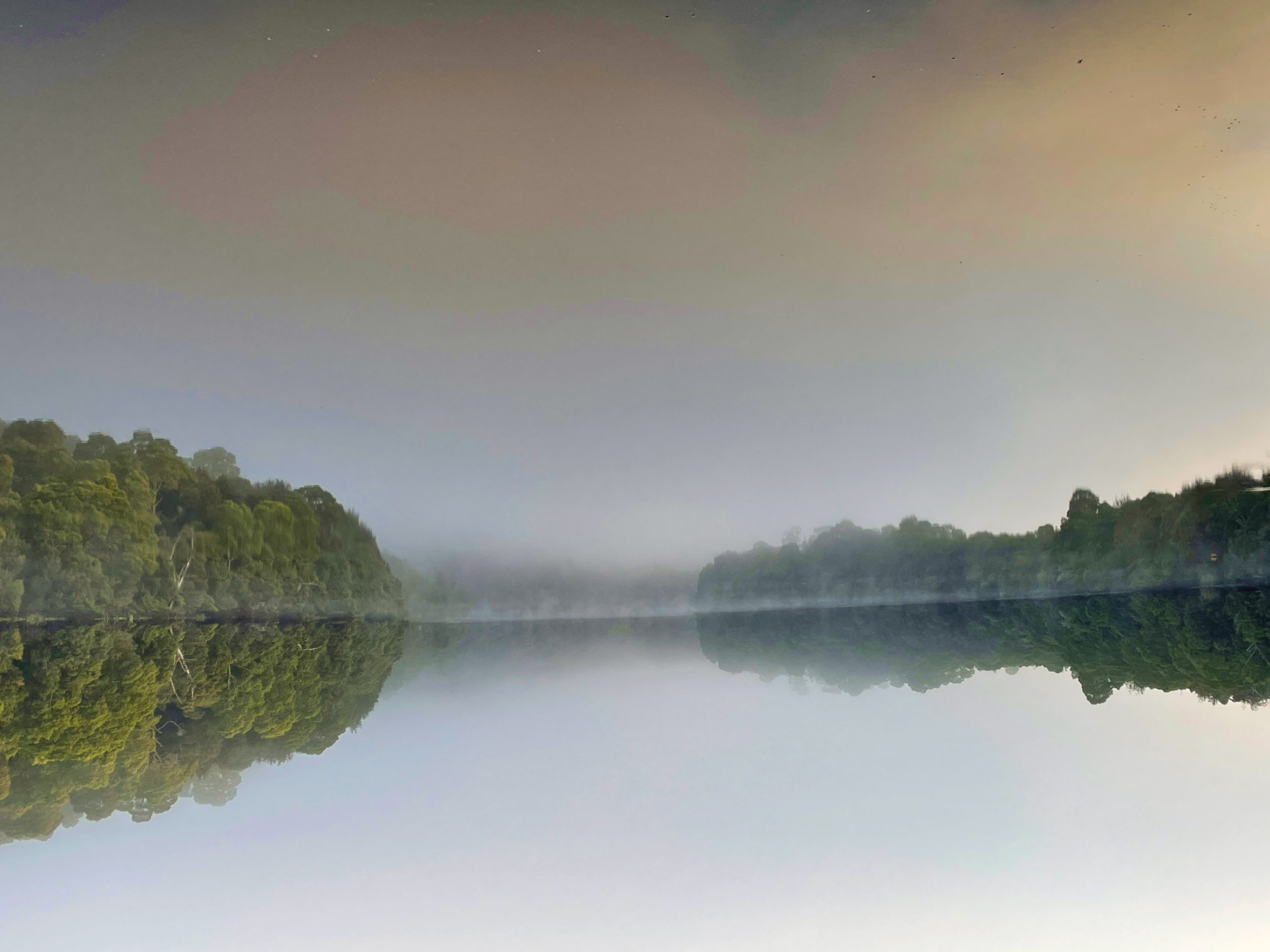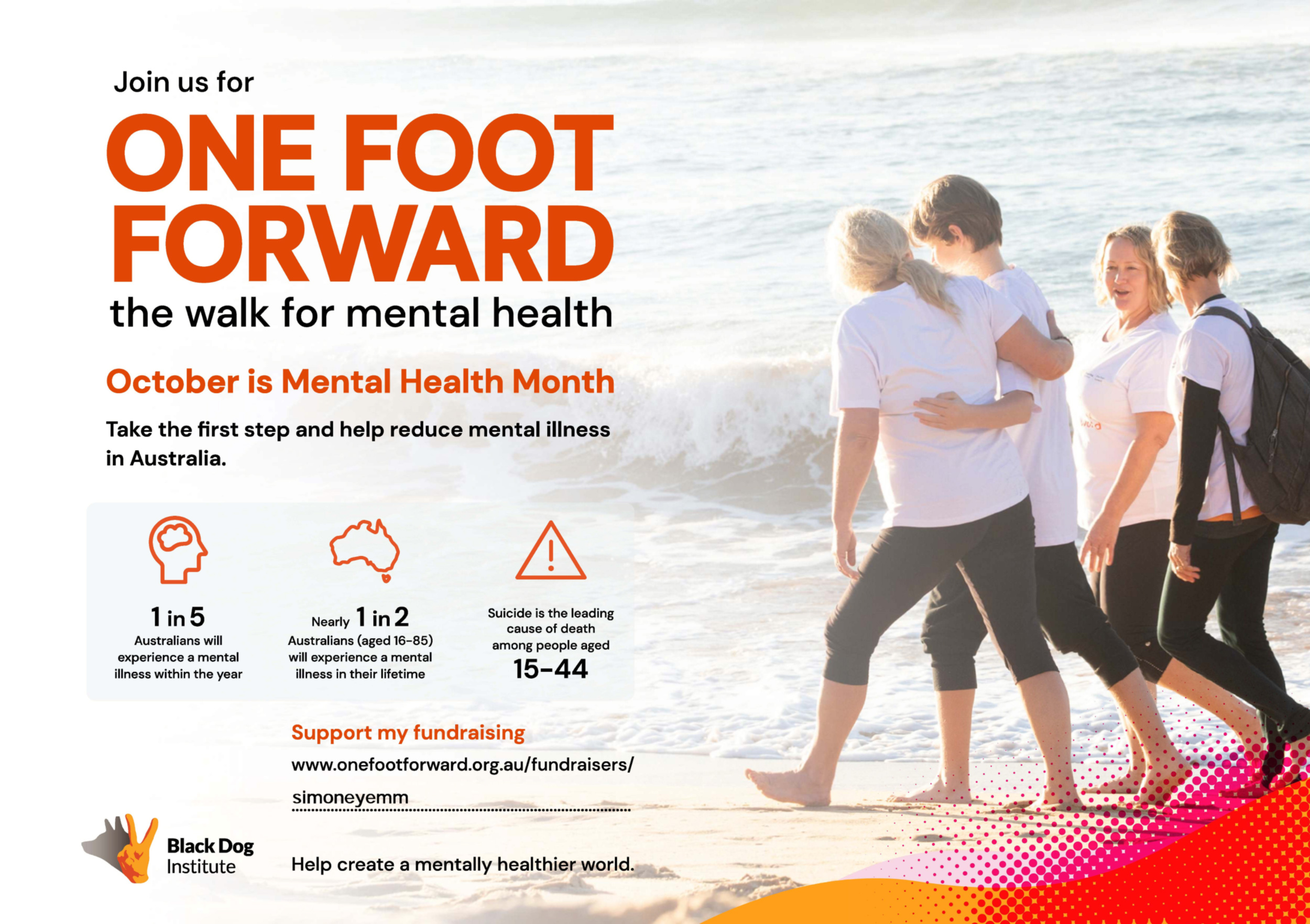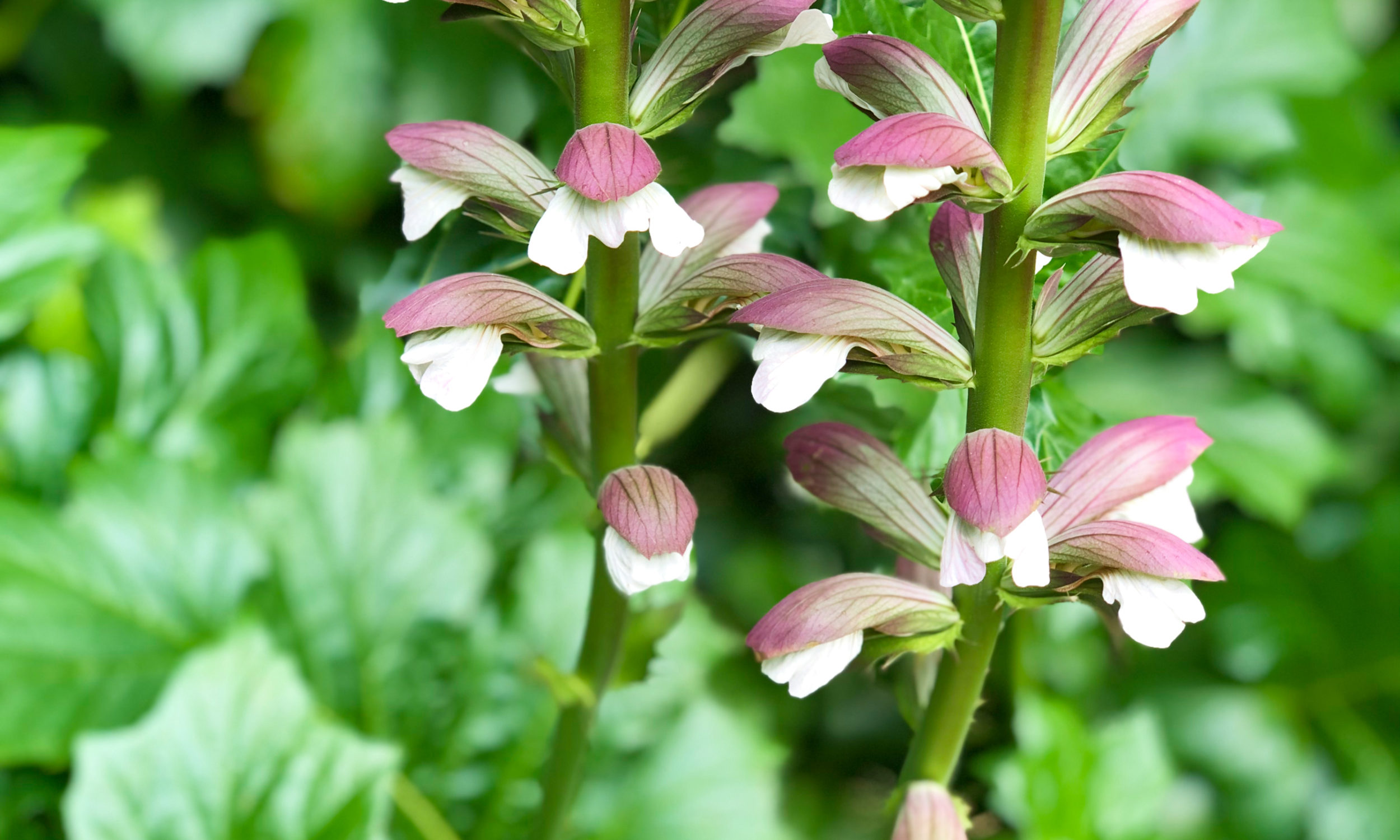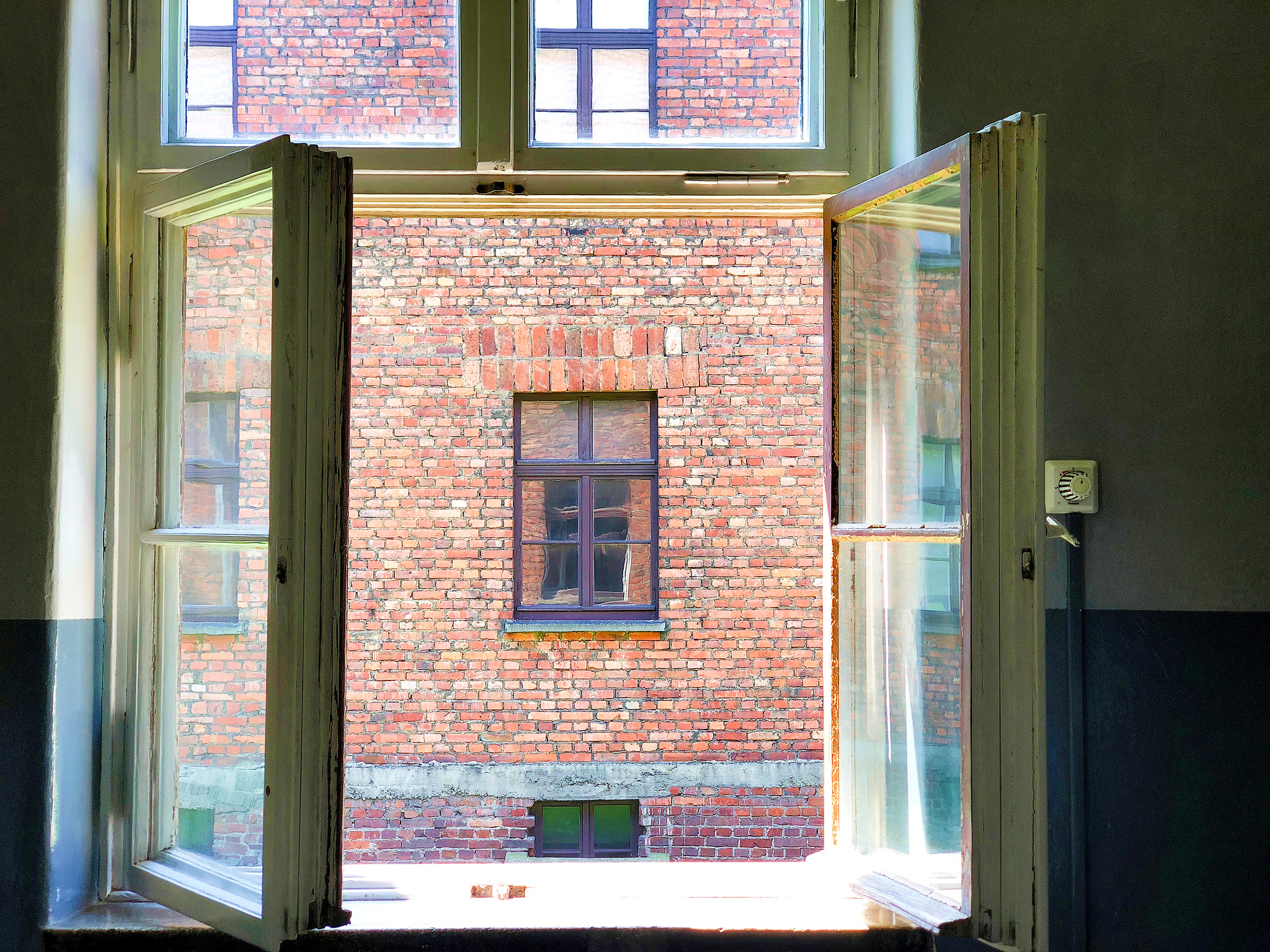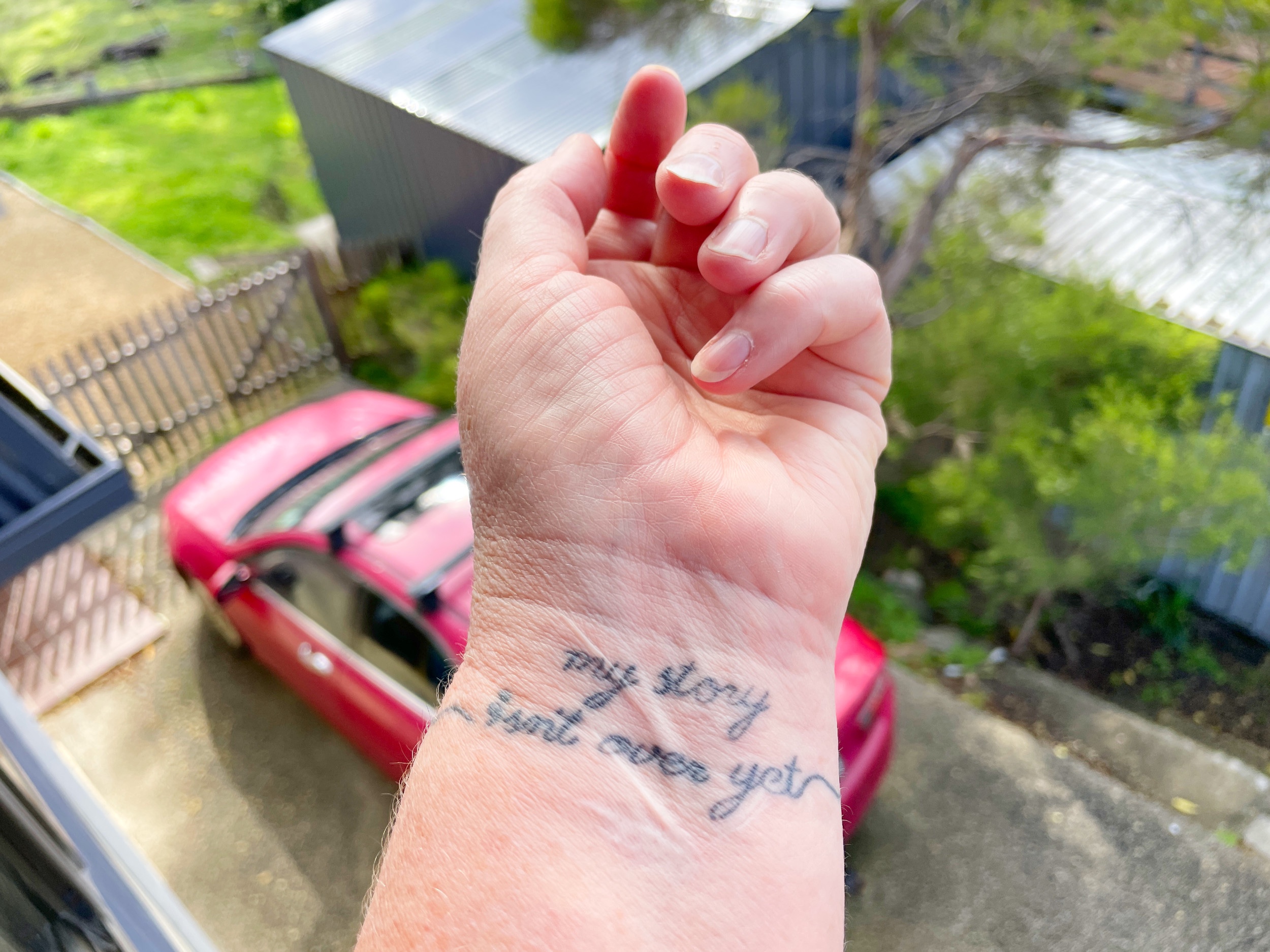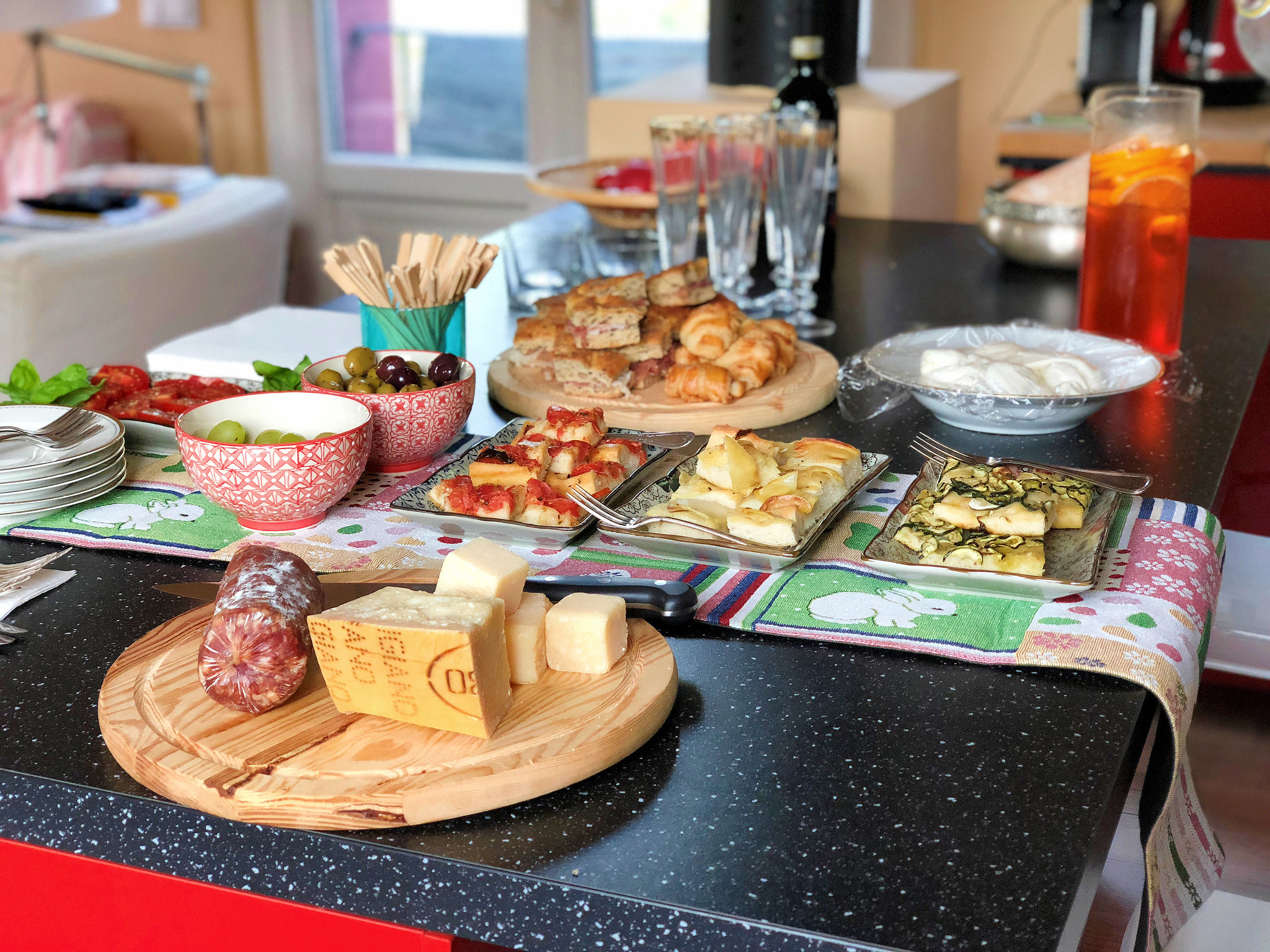IT’S A CATASTROPHE!
People, let me assure you, I am an A Grade catastrophiser. I have it down to a fine art. Not only can I turn molehills into mountains, I can turn little green caterpillars into fire breathing dragons.
Catastrophising is like really advanced worrying. We all worry – it’s unnatural to have nary a care, ever. Worrying can provide us with the opportunity to find potential solutions to potential problems. It is a way of mentally preparing for things that might reasonably be expected to happen.
CATASTROPHISING IS JUST THE NEXT LEVEL UP
It is apparently associated with chronic pain, depression and anxiety, and fatigue. I don’t experience chronic pain – except for my slow healing Achilles tendinopathy. But I do experience depression, anxiety and fatigue. I’m not sure if my catastrophising is a learned behaviour or just the way I was born, but either way, I’m really good at it.
I used to be an eternal optimist – always looking at the bright side and hoping for the best. But slowly, somewhere along the way, I learned that hoping for the best doesn’t always bring the best. So I started to practice preparing for the worst. And I have to say, usually, the worst-case scenario does not come to pass and then I have the opportunity to be both surprised and relieved. Which are happy outcomes but in the meantime, I imagine all the disasters.
Catastrophising is anxiety-inducing and for me – illogical. I don’t have anxiety about my health, so I don’t really worry that a chipped toenail will turn into a brain tumour. But I do have anxiety about other people – their well-being and my interactions with them. I want the best for everybody. And when I do something, I want to do the best I can and make things as smooth and easy for others as possible. I spend a lot of time worrying that other people will become unwell (or die) or that I’m not going to be ‘good enough’ for them. Whatever ‘good enough’ actually means.
I DON’T THINK THESE ARE UNREASONABLE DESIRES
Caring about the welfare of others is surely not a bad thing. Is it? But with my natural tendency to amplify worry I become very anxious about doing the right thing. And as part of that anxiety, I imagine all the wrong things that can happen. ALL the wrong things. Like every single possible thing that could go wrong in a situation. And then I try to problem-solve all these worst-case scenarios and proceed to draw more tragedy from the already non-existent problem.
If, for example, I am catering for a dinner, I will agonise over the decision as to what to cook. So many things could go wrong. And I will have so much agony over the decision that I will end up at the point of deciding that it’s all far too hard and I had probably best cancel dinner.
I won’t actually cancel dinner. And I will do my very best to present a vaguely edible, non-allergenic, not-poisonous, congenial meal. But my heart will pound for a day and I’ll be terrified of the embarrassment. Especially terrified of the possibility of running out of food. At least, that’s what I used to be like.
NOW I HAVE DIFFERENT SKILLS
One of the upsides to being diagnosed with Generalised Anxiety Disorder is that I have received psychological support – which I have attended for many years now. And as part of my therapy I have learned to – a lot of the time – deescalate the catastrophe in my head. To try and gain perspective.
Part of my perspective-gaining strategy is to actually look at the worst-case scenarios and decide if they are: a) even plausible, b) potentially solvable, and c) can I survive it.
So at my worst-case scenario dinner party I try to remember that: a) I’m not going to accidentally poison anyone, b) I can always over-cater to ensure I don’t run out of food, and c) resign myself to the fact that no matter how well the dinner party does or does not go, the sun will still rise tomorrow.
In DBT (Dialectical Behaviour Therapy) terms, I’m: a) fact-checking, b) problem-solving, and c) radically accepting the situation. And I do all this inside my head. Quite quickly sometimes. These tools are very useful for genuine real-life problems (how to deal with a bill you can’t pay) as well as those fire breathing dragon-caterpillar problems (everyone will get food poisoning at my dinner party).
PERSPECTIVE FOLKS – PERSPECTIVE
It is easy when worrying – be it about the weather, traffic, health, travel, relationships, work, finances, what to watch next on Netflix – to let the small become big. And then to let the big get bigger.
The thing that works best for me is to write. Write, write, write. I have a journal full of pity-party worst-case scenarios that I have put in perspective simply by the act of writing. I know writing is not everyone’s cup of tea but I love it.
Some people like to talk – it is a most useful therapy. That’s what therapy actually is – talking about shit and getting a handle on how to deal with it. Talking things through can deescalate the silent conversation going on inside your head. I find talking a lot more difficult than writing. Just knowing I have to talk to somebody brings out my fire-breathing dragons. But I will be the first to acknowledge, once the talking is done the flames have usually been doused.
Some people like to engage in self-care activities that help them to mentally gain perspective – hiking, bubble baths, pet therapy, art. There are as many options as there are people. It’s a silent conversation with yourself that looks at all possibilities – not just the terrifying ones.
Let it be known, however, that whiskey, sleeping tablets and corn chips are not recommended as long-term strategies. There are as many maladaptive options as there are people, so a little bit of self-reflection doesn’t go astray. If your coping strategy is aimed at making you emotionally numb, then perhaps it’s time to crack out a pen or phone a friend.
The vast majority of catastrophes in my life have never come to pass, and those that have – well, I have survived them. And the next disaster that I dream up will also pass. Probably quite smoothly and if not, I will be okay anyway.

